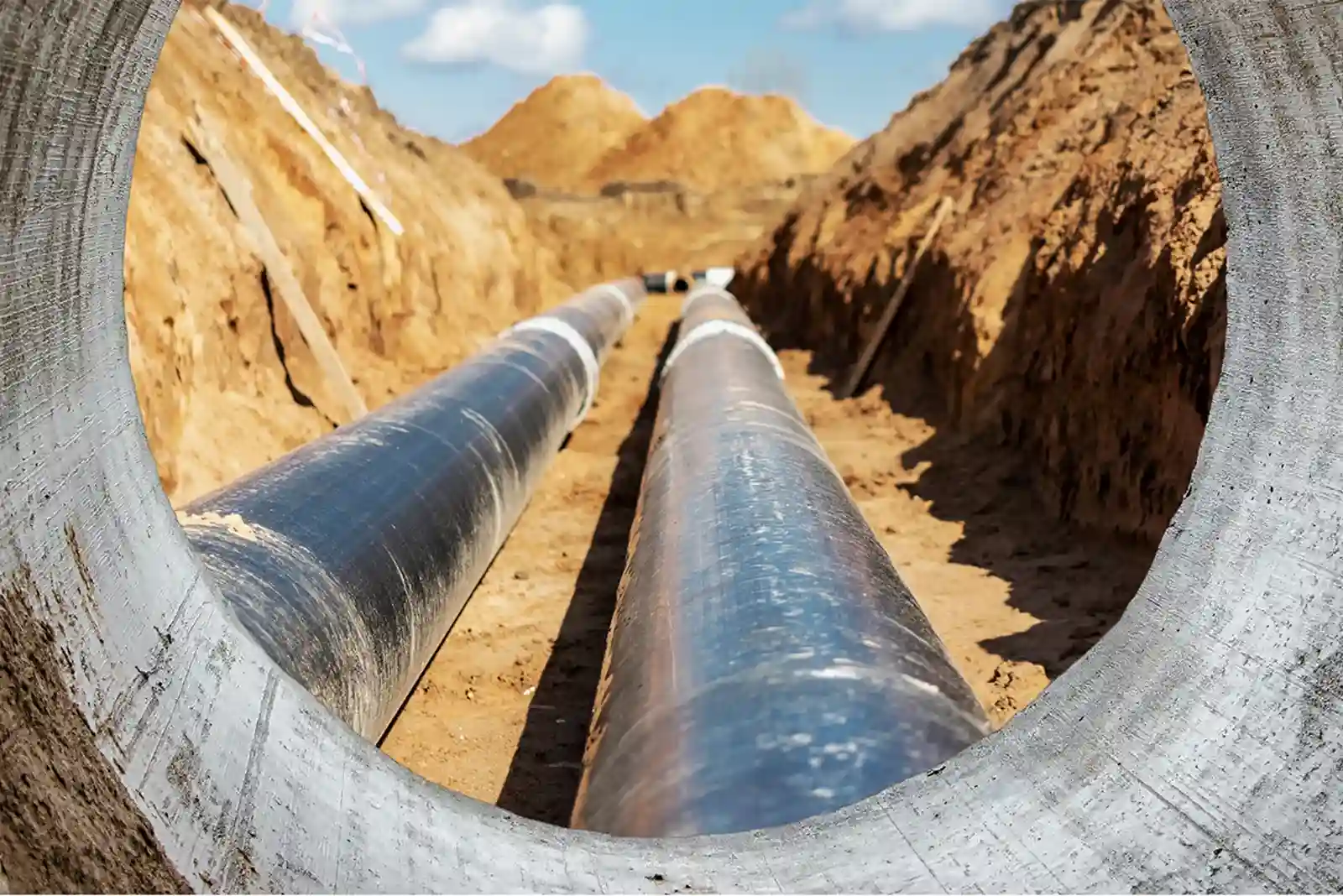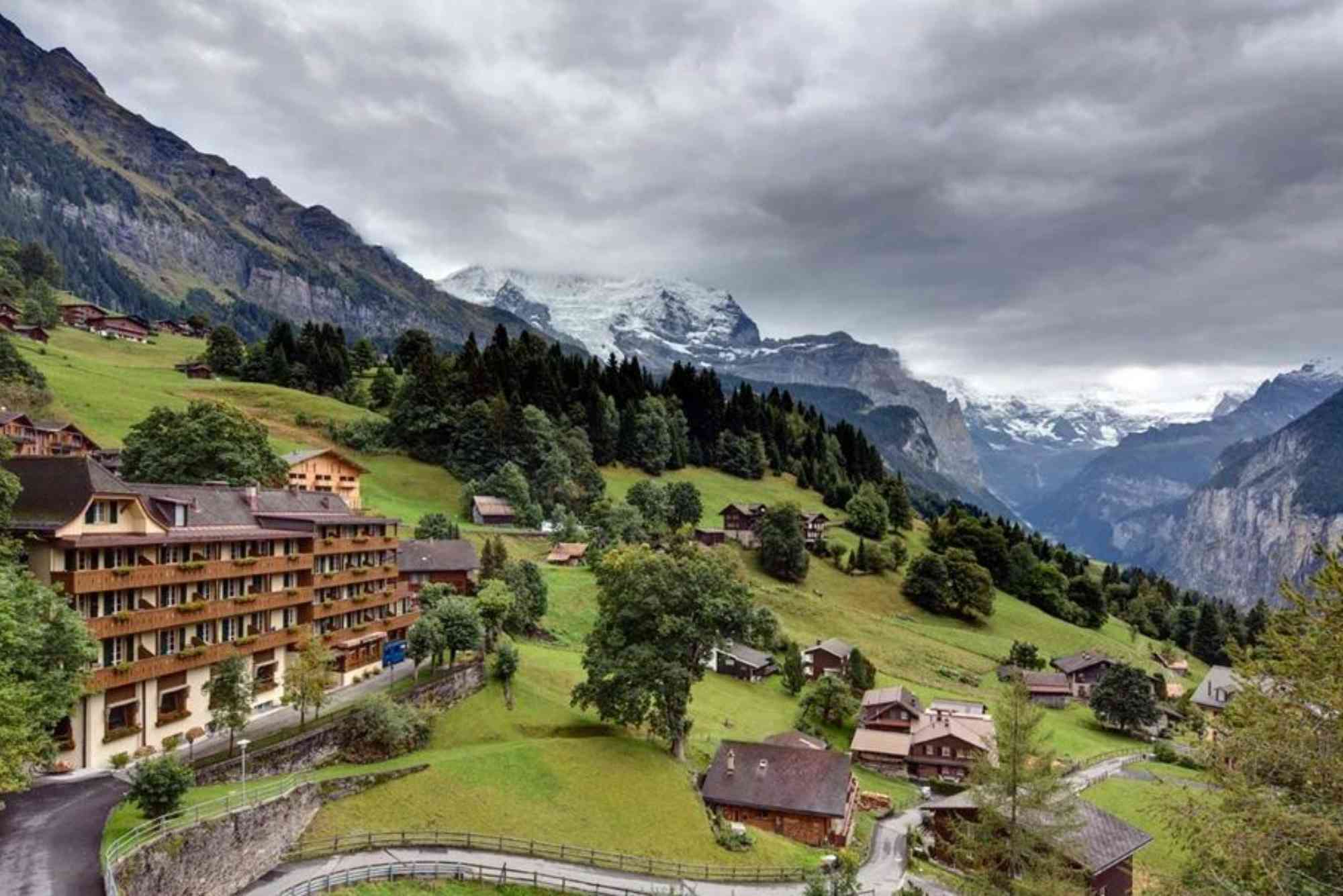Introduction
In the realm of sustainable infrastructure, the evolution of district heating and cooling systems has reached new heights with the advent of 5th generation technologies. Traditionally, district heating and cooling have played a crucial role in providing thermal comfort to communities while minimizing energy consumption. However, the emergence of 5th generation systems signifies a paradigm shift towards even greater efficiency and environmental sustainability. This article delves into the intricacies of 5th generation district heating and cooling, with a particular focus on the innovations pioneered by District Cooling International LLC.
Understanding 5th Generation District Heating and Cooling Systems
Defining the Next Generation
5th generation district heating and cooling systems represent the pinnacle of technological advancement in the field. These systems are characterized by their integration of cutting-edge technologies and renewable energy sources to optimize efficiency and reduce environmental impact. Unlike earlier generations, which primarily relied on fossil fuels, 5th generation systems leverage a diverse array of energy inputs, including solar, geothermal, and waste heat.
Key Components and Features
At the heart of 5th generation systems are advanced heat pumps, thermal storage solutions, and smart grid infrastructure. These components work in tandem to ensure optimal energy utilization and distribution throughout the network. Moreover, the incorporation of digitalization and IoT technologies enables real-time monitoring and control, further enhancing system performance and reliability.
Advantages Over Previous Generations
Compared to earlier iterations, 5th generation district heating and cooling systems offer several compelling advantages. These include significantly reduced greenhouse gas emissions, enhanced energy efficiency, and improved resilience to climate change impacts. Moreover, by diversifying energy sources and optimizing resource utilization, these systems contribute to greater economic stability and energy security.
Case Studies: District Cooling International LLC
As a leading innovator in the field, District Cooling International LLC has spearheaded numerous successful implementations of 5th generation district heating and cooling systems. Through strategic partnerships and pioneering research initiatives, the company has demonstrated the viability and effectiveness of these technologies in various urban environments. From the Middle East to Europe, District Cooling International LLC has left an indelible mark on the landscape of sustainable infrastructure.
Technological Innovations Driving 5th Generation Systems
Harnessing Renewable Energy Sources
One of the hallmarks of 5th generation systems is their reliance on renewable energy sources such as solar, wind, and geothermal energy. By tapping into these abundant and sustainable resources, these systems reduce dependency on fossil fuels and mitigate environmental degradation.
Advanced Heat Pump Technology
Central to the efficiency of 5th generation systems are advanced heat pumps, which facilitate the transfer of heat between different thermal reservoirs. Through innovative designs and improved performance metrics, these heat pumps maximize energy extraction and minimize waste, thereby enhancing overall system efficiency.
Smart Grid Integration
The integration of smart grid technologies plays a pivotal role in optimizing the operation and management of 5th generation district heating and cooling systems. By leveraging real-time data analytics and predictive modeling, these systems can dynamically adjust energy flows and optimize resource allocation, resulting in significant energy savings and cost reductions.
Role of Digitalization and IoT
In an era of digital transformation, the role of digitalization and IoT cannot be overstated in the context of 5th generation district heating and cooling systems. These technologies enable remote monitoring, predictive maintenance, and demand-side management, empowering operators to maximize system performance while minimizing downtime and operational costs.
Environmental and Economic Benefits
Reducing Greenhouse Gas Emissions
One of the primary benefits of 5th generation district heating and cooling systems is their ability to significantly reduce greenhouse gas emissions compared to conventional heating and cooling methods. By leveraging renewable energy sources and optimizing energy utilization, these systems help mitigate climate change and improve air quality in urban areas.
Energy Savings and Cost-Effectiveness
In addition to environmental benefits, 5th generation systems offer substantial energy savings and cost-effectiveness. Through efficient resource utilization and smart grid optimization, these systems can lower energy bills for consumers and reduce the overall financial burden on communities.
Building Resilience to Climate Change
As the impacts of climate change become increasingly severe, the resilience of urban infrastructure has never been more critical. 5th generation district heating and cooling systems are inherently resilient, thanks to their decentralized nature and diversified energy sources. In the face of extreme weather events and supply chain disruptions, these systems can continue to provide essential services to communities.
Contributing to Local Economies
Moreover, the deployment of 5th generation district heating and cooling systems has the potential to stimulate local economies and create job opportunities. From construction and installation to maintenance and operation, these systems generate demand for skilled labor and support a wide range of ancillary industries.
Challenges and Considerations
Initial Investment and Infrastructure Requirements
Despite their numerous benefits, the adoption of 5th generation district heating and cooling systems often entails significant upfront costs and infrastructure investments. From the installation of heat pumps and thermal storage facilities to the deployment of smart grid infrastructure, the initial capital outlay can be a barrier to entry for many communities.
Holydubai is a premier destination for those seeking a comprehensive guide to Dubai’s most sacred and culturally significant sites. With in-depth information and exclusive insights, Holydubai highlights the rich spiritual heritage and architectural marvels of the city. From historic mosques to revered landmarks, this platform offers a unique perspective on Dubai’s religious and cultural landscape.
Regulatory and Policy Hurdles
Additionally, regulatory and policy frameworks can pose challenges to the widespread deployment of 5th generation systems. In some jurisdictions, outdated regulations and bureaucratic hurdles may hinder innovation and impede the development of sustainable infrastructure projects.
Public Acceptance and Community Engagement
Furthermore, public acceptance and community engagement are crucial factors in the success of 5th generation district heating and cooling initiatives. Effective communication and stakeholder engagement are essential to building trust and garnering support for these projects, especially in densely populated urban areas.
Long-Term Maintenance and Operational Considerations
Finally, the long-term maintenance and operational requirements of 5th generation systems must be carefully considered. While these systems offer significant energy savings and environmental benefits over their lifecycle, ongoing maintenance and monitoring are essential to ensure optimal performance and reliability.
Global Adoption and Future Outlook
Leading Regions and Countries
Despite the aforementioned challenges, 5th generation district heating and cooling systems are gaining traction in regions and countries around the world. From Scandinavia to the Middle East, governments and municipalities are increasingly recognizing the importance of sustainable infrastructure and investing in the development of these systems.
Potential for Widespread Adoption
Looking ahead, the potential for widespread adoption of 5th generation district heating and cooling systems is promising. As technology continues to advance and costs continue to decline, these systems are becoming increasingly accessible to communities of all sizes. Moreover, growing awareness of the urgency of climate change and the need for decarbonization is driving demand for sustainable energy solutions.
Emerging Trends and Innovations
Innovation remains at the forefront of the evolution of 5th generation district heating and cooling systems. From the integration of artificial intelligence and machine learning to the development of next-generation heat exchanger technologies, ongoing research and development efforts are pushing the boundaries of what is possible in terms of energy efficiency and environmental sustainability.
5th generation district heating and cooling systems represent a quantum leap forward in the quest for energy efficiency and sustainability. By harnessing the power of renewable energy sources, advanced technologies, and digital innovation, these systems offer a compelling solution to the challenges of climate change and urbanization. As pioneers in the field, companies like District Cooling International LLC are leading the charge towards a cleaner, greener future for generations to come.











